Abstract
This Practice Profile document explains the key features available in the Taxonomy Packages Specification for defining a standard format to easily access all parts and files of taxonomy. It is primarily targeted towards audience seeking a basic understanding of this technical specification. This document is not intended to explain technical implementations of the Taxonomy Packages Specification. The features explained here are based on Taxonomy Packages 1.0, Recommendation 19 April 2016.Contents
WHY (it's needed)
Taxonomies usually consist of multiple files (e.g., .xsd & .xml) distributed across different folder hierarchies, modularized as per the requirement and interlinked in a complex way. A separate, supplementary document often accompanies the taxonomy file to give an overview of the taxonomy. Taxonomy Packages addresses the need to standardize this supplementary document and makes it easily consumable by software applications as well. Taxonomy files are often published at various Internet locations; this typically requires the user to be connected to the internet when working with the taxonomy; work is disrupted when an online connection is unavailable. Taxonomy Packages offer a mechanism to work with offline copies of taxonomies and eliminate this dependency on a live connection.WHAT (it offers)
This section lists features of the Taxonomy Packages Specification (the specification) that helps address the need set out in Section 1.Taxonomy packages structure
The specification stipulates a standard structure for the taxonomy archive file called "Taxonomy Package" in ZIP format. This Taxonomy Package file could be used for distributing the taxonomy as archive files. This allows taxonomy users to easily locate and identify files required for understanding the taxonomy. Moreover, taxonomy explorer software can read the content from this file and propose a list of defined subsets of the taxonomy [entry points] to the user.Taxonomy details
The physical taxonomy structure often contains multiple folders and files. Overall taxonomy details cannot be accurately predicted from the network of taxonomy files. Taxonomy Packages offers standardised syntax to describe taxonomy metadata (e.g., name, publisher) as shown in Figure 1.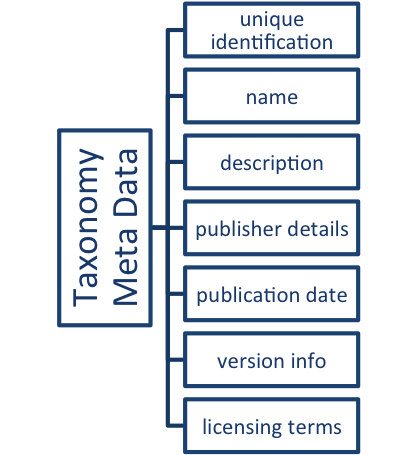 Figure 1: Taxonomy package meta data
Figure 1: Taxonomy package meta dataEntry point listing
XBRL taxonomy typically includes a complex network of .xml files. Unless an explicit mention of taxonomy entry points is available, it would be challenging to locate them. Technically, this is because entry points are through any .xsd file with no specific distinction; however, all .xsd files are not entry points. Taxonomy Packages specification provides a feature to list all of the taxonomy entry points. Each entry point is defined by a name, description, version and its uniform resource locator (URL) on the Internet, as shown in Figure 2. This feature helps taxonomy explorer software to automatically identify the list of files that are valid entry points.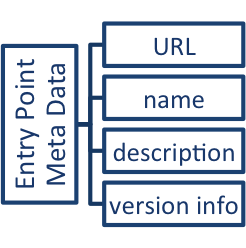 Figure 2: Entry point information
Figure 2: Entry point information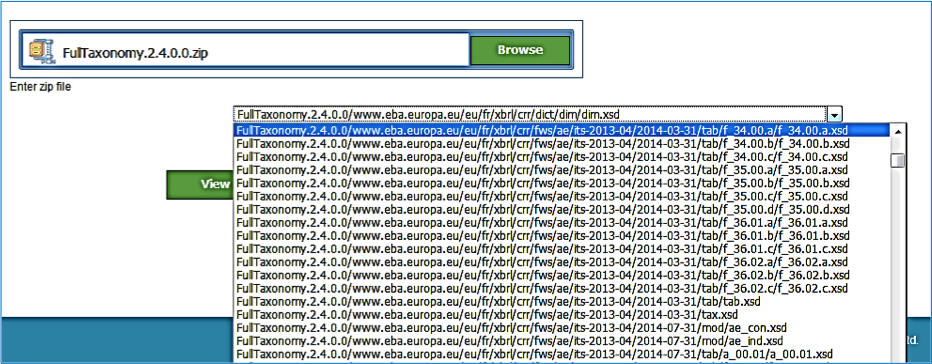 Figure 3: Selecting entry points from a file browser
Figure 3: Selecting entry points from a file browser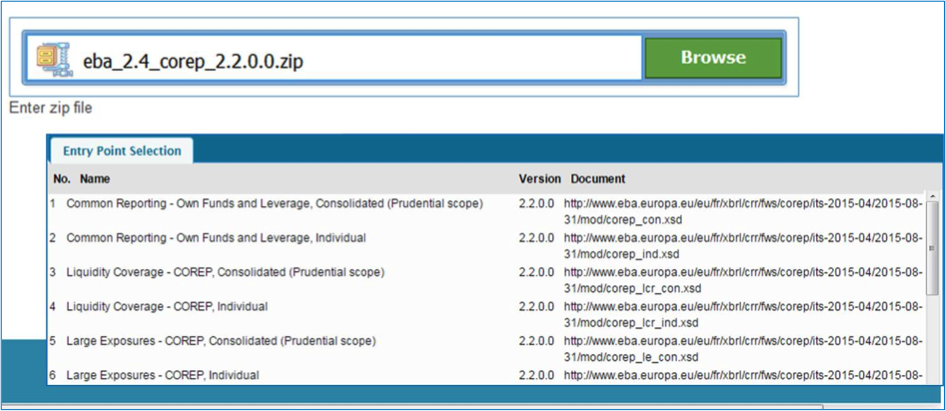 Figure 4: Selecting entry points using a taxonomy package
Figure 4: Selecting entry points using a taxonomy packageWorking offline with a taxonomy
Taxonomy files are typically hosted on publicly available web-servers and require an Internet connection to access them. The Taxonomy Packages Specification provides a work-around by redirecting the Internet path to a relative local path. This feature, referred to as "remapping," contains all the information necessary to set up an offline copy of the taxonomy and supports software applications to locate the taxonomy files locally instead of accessing them from an active online location. Before the introduction of this specification, the mechanism for working with an offline copy of the taxonomy existed, but it was implemented in a non-standard fashion across different XBRL applications. This specification provides a standardized method for working offline with taxonomy. The remapping feature conforms to a restricted subset of the XML Catalog specification. Figure 5 and Figure 6 show examples of customized configuration adopted by different application to enable working offline with taxonomy. In tools that support the Taxonomy Packages Specification, no such manual configuration is be required. Figure 5: A sample manual configuration of absolute URI of taxonomy files to local system path.
Figure 5: A sample manual configuration of absolute URI of taxonomy files to local system path.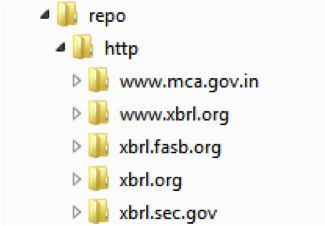 Figure 6: A sample repository for internet files used in a taxonomy tool. The repository has to be updated if one wishes to work offline with the taxonomy.
Figure 6: A sample repository for internet files used in a taxonomy tool. The repository has to be updated if one wishes to work offline with the taxonomy.Internationalisation
Taxonomy and entry point metadata, such as name, description and publisher details, can be represented in multiple languages. This feature can be used to provide translation of information in different languages.HOW (it benefits)
The Taxonomy Packages Specification enhances the ease of working with a taxonomy. Following are a few benefits of using this specification:- Helps users understand taxonomy metadata
- Makes it easier to locate older Taxonomies and version reports
- Provides automatic identification of entry points, thereby enhancing the user experience
- Provides ability to work offline with a copy of a taxonomy
- Utilizes a standard archive format for taxonomy distribution
- Leverages Multiple Language descriptions
WHERE (it's applied)
The Taxonomy Packages Specification has been used in different taxonomy implementations. The following is a list of some taxonomies that have implemented the specification:- European Banking Authority Taxonomy (EBA) (European Union)
- European Insurance and Occupational Pensions Authority (EIOPA) (European Union)
- E-Bilanz / HGB-Taxonomie Version 5.4 (Germany)
- FRC Taxonomy (UK)
- Bank of Mauritius (Mauritius)
Further Reading
- Requirements for Taxonomy Packages 1.0
- Taxonomy Packages Specification
- XBRL Versioning Specification Overview
- Background to Taxonomy Packages on CoreFiling Blog
This document was produced by the Implementation Guidance Task Force.
Published on: 2017-11-22.





